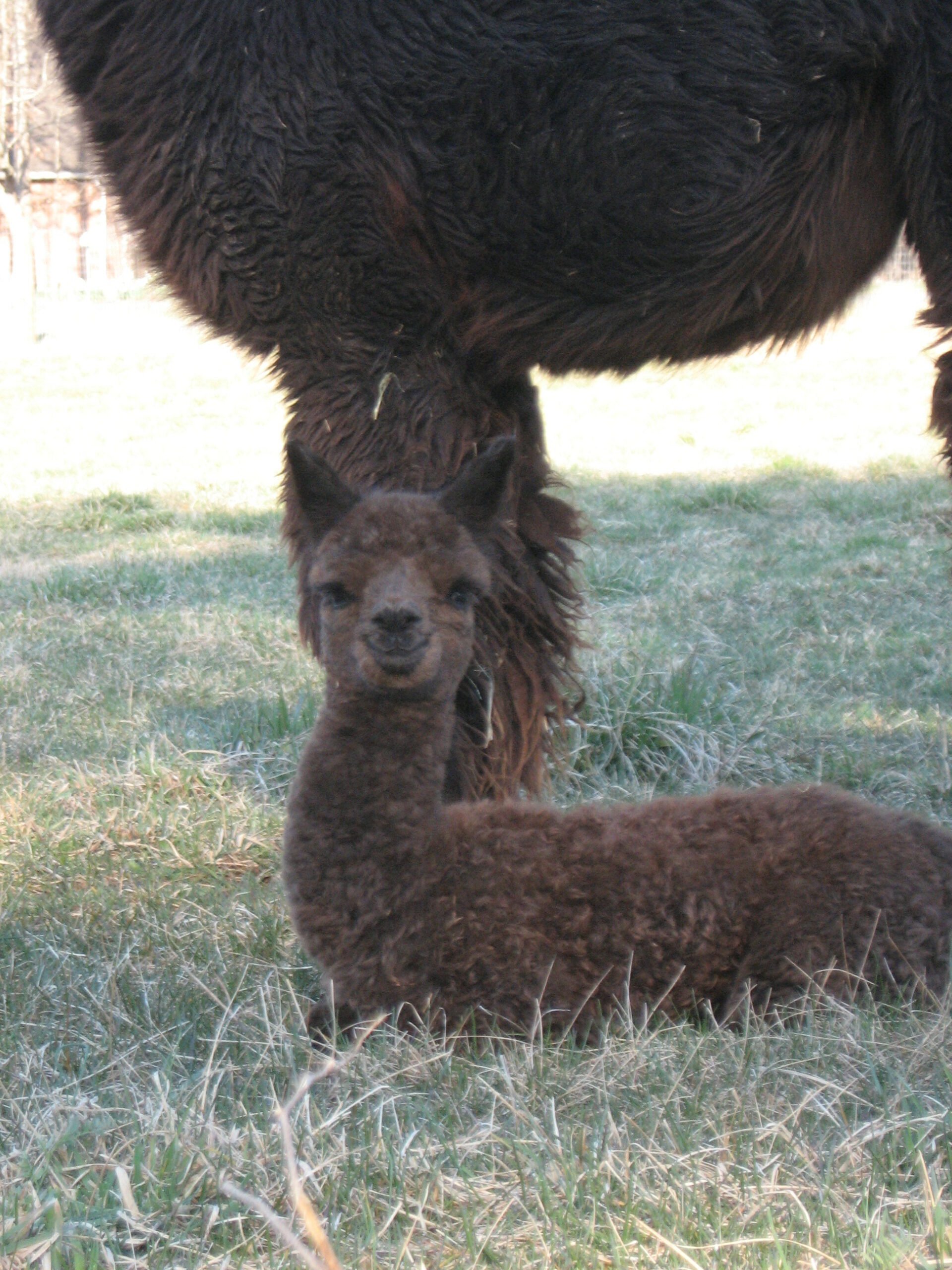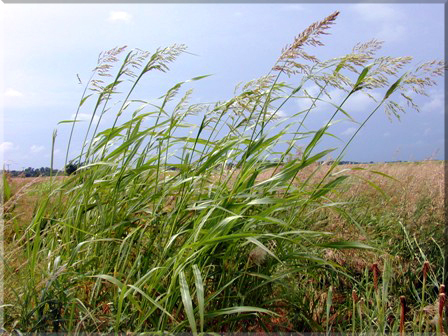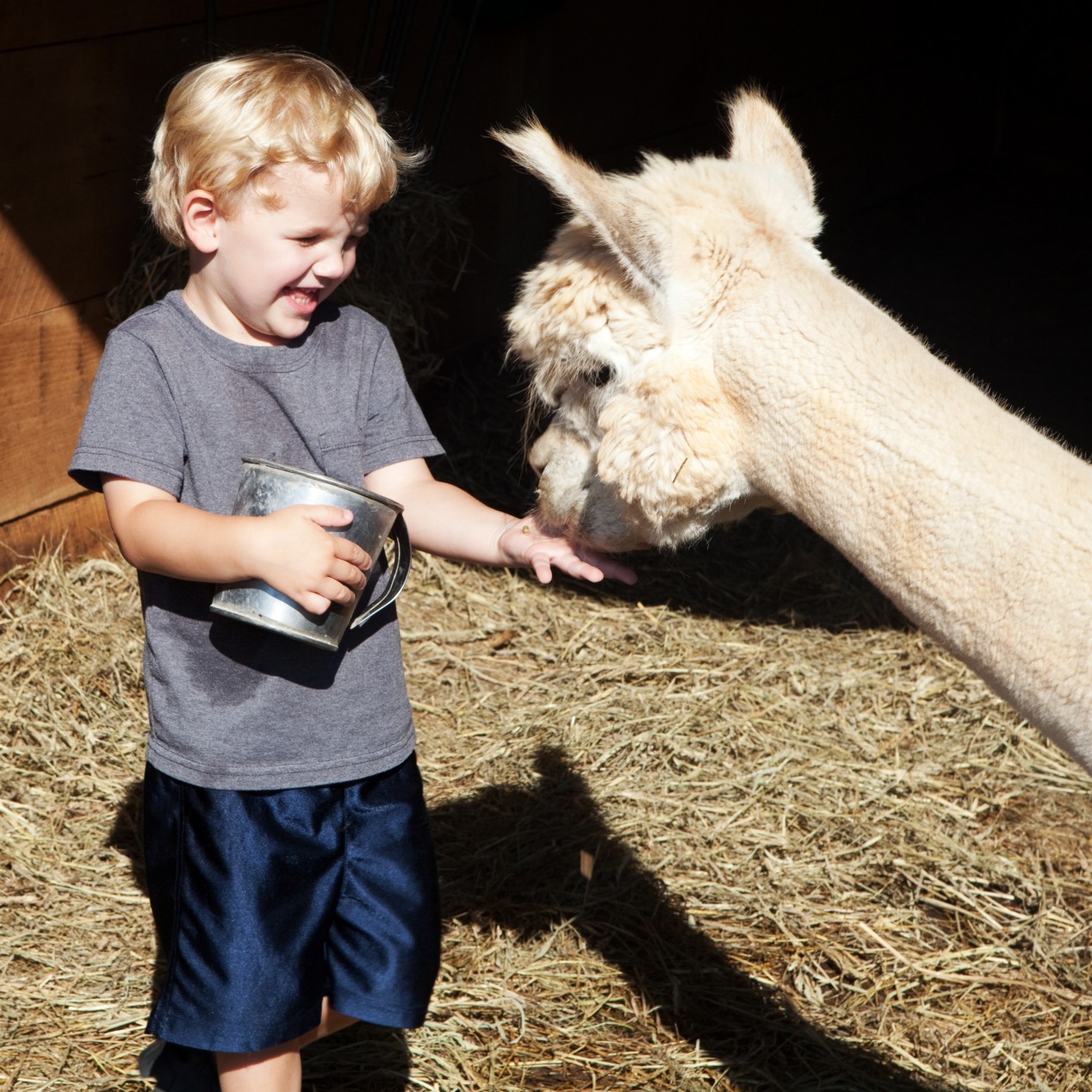Author Archives: admin
Caz: Blue Ribbon Winner!
Caz got his first blue ribbon at The Royal Alpaca Challenge in Conyers, GA on November 2nd. There is nothing more humorous than watching two newbies in the show ring. I was lucking to have a wonderful ring steward (Tammy Limer) there to do the usual John Wayne move. I, on the other hand, have been described as Mary Poppins. No offense taken my dear alpaca friends, because, everything can be cured with just a spoonful of sugar, right? I thought I was well prepared for the walk in the ring, and I was. Caz did that beautifully. He was not prepared, however, for the judge to grab his testicles. That is when Caz reared up like a stallion and decided he was through with the show. Luckily, you are not downgraded for misbehavior, and the judge said very politely, “Oh, he just doesn’t know the show ring etiquette yet.” No kidding! The competition was tight with all juvenile boys in his color class being very similar, but Caz took the blue because he was really “packing on the fleece.” I can’t wait until shearing day to get a really “good feel.”
Shearing Day
 Spring and Dogwood blossoms mean two things: A day of alpaca shearing capped off with homemade dogwood blossom soup. Monday April 22 was our shearing day and it went off without a hitch – except one unruly guardian llama who tried to make things difficult. David Willis of Peaceful Heart Alpacas (see resources for link) did our shearing for us and he did a great job. Our fiber champion Orlando gave us a beautiful 3.5 pound blanket, as did our fawn female Cinda. Fagan, our light fawn male, gave us a 5+ pound blanket! Besita and her cria were sheared and gave us nice fleeces as well, though the cria looks like a Bobble Head doll now.
Spring and Dogwood blossoms mean two things: A day of alpaca shearing capped off with homemade dogwood blossom soup. Monday April 22 was our shearing day and it went off without a hitch – except one unruly guardian llama who tried to make things difficult. David Willis of Peaceful Heart Alpacas (see resources for link) did our shearing for us and he did a great job. Our fiber champion Orlando gave us a beautiful 3.5 pound blanket, as did our fawn female Cinda. Fagan, our light fawn male, gave us a 5+ pound blanket! Besita and her cria were sheared and gave us nice fleeces as well, though the cria looks like a Bobble Head doll now.
Our newest arrivals are Bunny and Lexi. They are owned by Melisse and Jerry Hopping of Vinca Hill Farms and came sheared so they missed the fun. The unruly llama was a silky and got a simple barrel cut while our other guardian llama, Ladies Man, is suri and got the full haircut.
The day was topped off with a great meal of home made chile and dogwood blossom soup and a long skirting session. The weather was beautiful. I hope all our shearing days are this nice.

New Arrival
We are pleased to announce the first birth on Rita Dee Farms. This boy came in at 15.8 lbs. on a rainy, cold, Palm Sunday. He surprised us, waiting until I took my eye off the pasture to make his appearance. He loves to run and we should have called him crazy legs, but we are calling him Cazador, which means hunter in English.The first lesson I learned was, don’t try to borrow things you might need for a new arrival from the house. You need to store it ahead of time in the barn. Both the hair dryer and the digital thermometer were not on hand. Luckily, Spencer was there to make all the necessary trips across the field. Also some friends of ours brought a heater. I had planned to spend the night in the barn, but sometime after midnight, I backed out because the cold. Since we did not witness the birth, I wasn’t sure how long he had been on the ground, but we could not have missed the it by long. He has gained a pound in 4 days and seems healthy and happy.
This is my favorite picture of his first day on the pasture. Look at that smile!

Johnson Grass
 In the beginning, there was a pasture to weed, seed, fertilize and bush-hog. We had allowed a local farmer to take the hay without putting much in the way of care and maintenance back into it, so we had our fair share of weeds like horse nettle and Johnson grass, and it wasn’t going down without a fight. I swore at the Johnson grass, known for its stubbornness, and decided to cut the seed heads off to prevent multiplying my problem in the spring. So with scissors in hand and a huge sack on my shoulder, I took off to do the deed. After attacking one clump, I had a beautiful bouquet that would have made a festive harvest wreath for my door this fall, but considering this plant’s very aggressive nature, I decided that idea would not get me a seat on any homeowner’s association for sure.
In the beginning, there was a pasture to weed, seed, fertilize and bush-hog. We had allowed a local farmer to take the hay without putting much in the way of care and maintenance back into it, so we had our fair share of weeds like horse nettle and Johnson grass, and it wasn’t going down without a fight. I swore at the Johnson grass, known for its stubbornness, and decided to cut the seed heads off to prevent multiplying my problem in the spring. So with scissors in hand and a huge sack on my shoulder, I took off to do the deed. After attacking one clump, I had a beautiful bouquet that would have made a festive harvest wreath for my door this fall, but considering this plant’s very aggressive nature, I decided that idea would not get me a seat on any homeowner’s association for sure.
About half an hour after my attack on the grass, I was itching and breaking out in hives. Turns out, Johnson grass is at the top of the list for grass allergies. It can cause both skin rash and hay fever-like symptoms. Although the pasture is now devoid of any sign of Johnson grass, I can spot that stuff in every road-side ditch, abandoned lot and overgrown field for miles. The stuff is everywhere.
I am hoping for a beautiful stand of orchard grass this Spring that will surely perish in the heat waves we have been having in North Carolina. However, I like the words of my husband in his book Small-Scale Haymaking when he says, “There is something unique about the experience of haymaking. The process evokes a sense of nostalgia, a sense of accomplishment, and creates a relationship to the land that very few other farming endeavors engender.” (Besides alpaca farming, of course.)

Welcome

We started this farm in 2012 hoping to breed the perfect therapy alpaca with spectacular fiber. We love the variety of colors and wouldn’t mind having one of all 16 official colors and even one of all 22 distinguishable colors. It is our hope to provide educational programs, keep a few youth out of trouble, and into the alpaca lifestyle. Getting other folks excited and acquainted with the alpaca lifestyle is something we really enjoy doing. Also on our agenda is providing additional income to women in our community who are either underemployed, retired or at home due to child rearing responsibilities.

